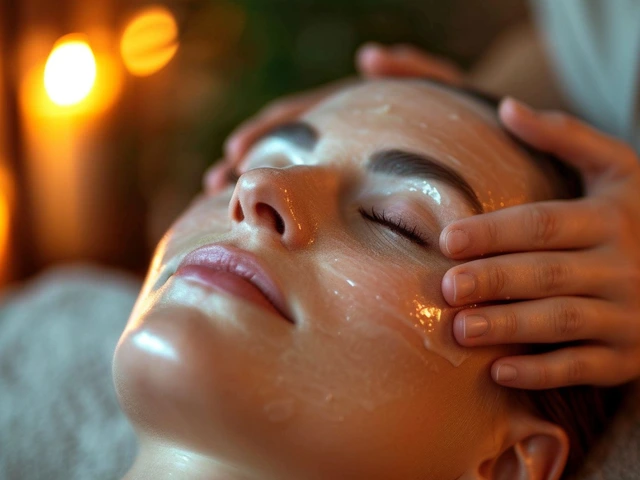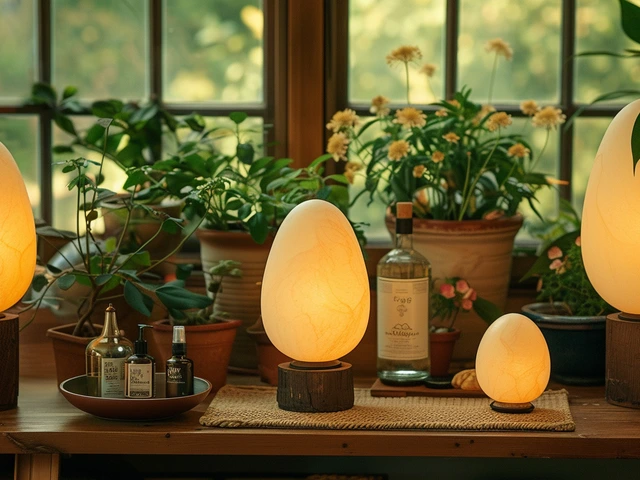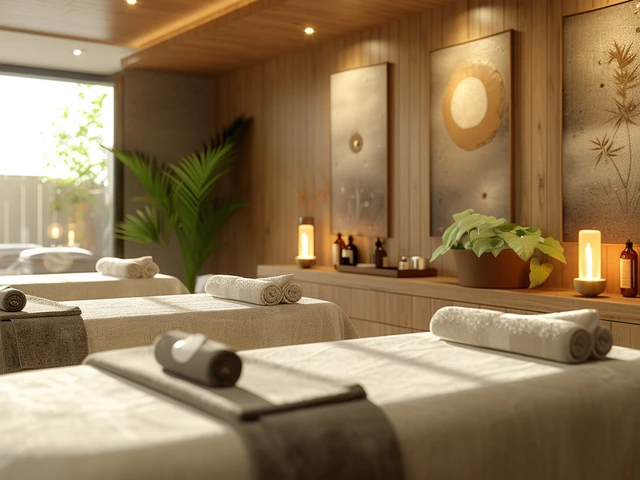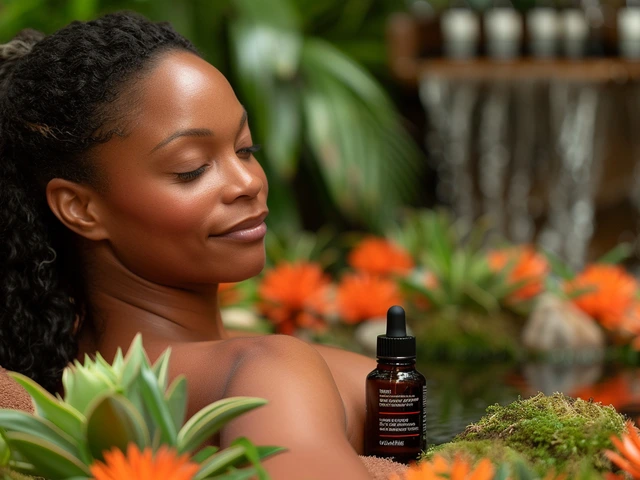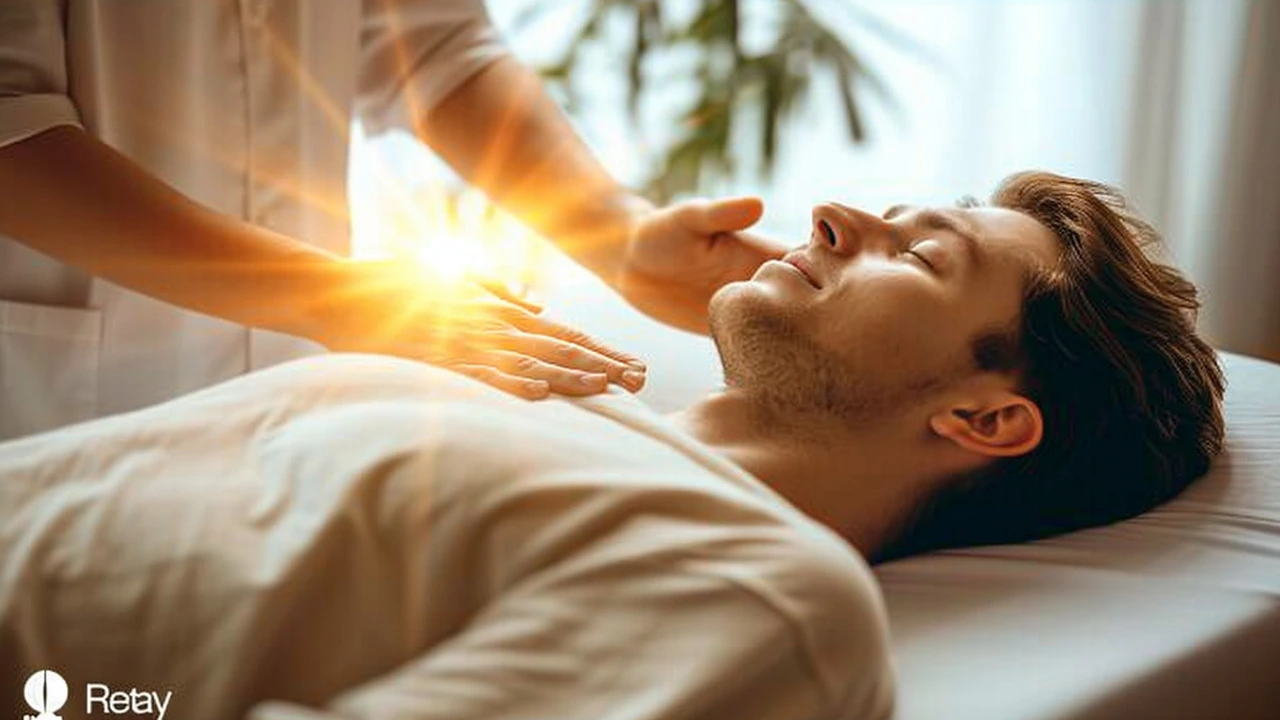
Introducing the Gentle Touch of Reiki
Now, I don't know about you, but life typically hurls lemons at us so fast, that making lemonade sometimes feels like an Olympic sport. In these moments, it's essential to find our zen, and what better way to achieve this balance than through the art of Reiki massage therapy? Reiki, a technique that originates from Japan, offers a form of healing that might seem as magical as a unicorn, but trust me, there is more to it than meets the eye.
The first time I encountered this unique therapy was after a rather stressful week. My dear wife, Patricia, surprised me with a Reiki session. She has a knack for knowing exactly what I need, and as always, she was spot on. It was an experience that was both surreal and grounding — and one that I simply must share with you.
The History and Philosophy of Reiki
The origins of Reiki date back to the early 20th century with Mikao Usui, the founding father of this technique. It revolves around the concept of 'ki' or 'life energy,' which is believed to flow through every living thing. The philosophy behind Reiki is that when one's energy is low or blocked, it can lead to both emotional and physical imbalance. With a history wrapped in spiritualism and healing traditions of the East, Reiki's past is as fascinating as its practice.
Historically, the practice and teaching of Reiki have been passed down from master to student through attunements, a process in which one's own energies are said to be tuned to resonate with the universal life force. This is no Harry Potter wand-waving stuff — it's a revered lineage of wisdom that aims to connect us more deeply with the energies that surround and encompass us.
Understanding Reiki's Healing Energy
Just as you can't see the Wi-Fi but know it's there thanks to the miracle of the internet, Reiki's principles are based on the unseen energy force that flows through us. Practitioners of Reiki massage use their hands to influence this energy flow within the body. It's less of a 'Kung Fu Panda' skadoosh and more of a gentle, intentional touch that seeks to promote balance within.
Having been skeptical at first, you could say I was quite surprised when after my first Reiki session, I felt as if someone had hit the 'mute' button on the chaos that is life. The practitioner explained that by placing their hands on or near the body, the Reiki energy is channeled to where it's needed, promoting the body's natural healing capabilities.
Reiki Techniques and How They Are Performed
When you first step into a Reiki session, don't expect to see any massage oils or hear the sounds of whales singing to the rhythm of ocean waves. No, Reiki is more subtle and refined. Practitioners use specific hand placements and symbols, each designed to promote healing and energy flow in different parts of the body. It's a bespoke suit for your soul, crafted through the gentle touch of your Reiki healer.
Patricia and I once did a couple's Reiki session — it's the kind of date night you don't forget. Imagine lying there, as this intuitive healer works their way through your energy points, and you can't help but wonder, "Is this what it feels like to be a smartphone on a wireless charger?" It's peaceful, it's intimate, and it's incredibly refreshing.
Physical and Emotional Benefits of Reiki Massage
Reiki goes beyond just a feel-good experience; it has tangible benefits that can affect both your body and spirit. From reducing stress and alleviating pain to promoting better sleep and improving focus — it's like someone took meditation, acupuncture, and that feeling you get from a good hug and rolled it into one.
I've seen Patricia turn to Reiki on days where the stress seems endless. She says it's like giving her mind permission to take a vacation while her body gets a tune-up. After sessions, we both often notice a marked improvement in how calm and centered we feel. It's as if we hit the reset button and suddenly, the world's volume is turned down just enough for us to navigate it more peacefully.
The Holistic Approach of Reiki in Modern Times
In an era where everything is "smart" — phones, homes, even refrigerators — it's refreshing to tap into something profoundly simple and yet infinitely wise like Reiki. While ancient in its origins, Reiki has found its place in modern holistic medicine as an effective complementary therapy. Many practitioners today integrate Reiki with other healing practices to boost overall health and wellness.
As someone who appreciates the conveniences of modern technology but also the timelessness of nature, I find the balance Reiki provides to be a perfect harmony. In these fast-paced times, it's a balm for the soul, offering that essential pause we all so desperately need.
How to Choose a Reiki Practitioner
Choosing a Reiki practitioner is a bit like dating — you want to find someone who resonates with you on the right frequency. It's important to seek out a practitioner with not just the proper training, but also one who makes you feel comfortable and open to the experience. After all, you'll be entrusting them with your energetic health, and let's be honest, no one wants a bad first date with their healer.
My first leap into the world of Reiki was with a practitioner that Patricia found. With an air of wisdom and a calming presence, it was as if this person had been a monk in a past life. I couldn't have asked for a better guide to introduce me to Reiki. Keep in mind, the right practitioner for you might be different than the right one for me — it's a very personal choice.
Preparing for Your First Reiki Session
Imagine going into your first Reiki session like you're prepping for a journey to Neverland — you don't need to pack anything, just show up with an open mind. Wear comfortable clothing, as if you're going to lounge about at home with Paws and Remy, our Maine Coon and Golden Retriever who always seem to know how to relax in style.
Top tip: It's best to calm your mind before the session. I like to think of it as a 'mental decluttering' — like when Patricia convinces me to clean out the garage, but for your head. Clearing the mental cobwebs allows you to be more receptive to the healing energy of Reiki. And trust me, the less mental junk you bring in, the more you'll take away from the experience.
Frequently Asked Questions about Reiki Therapy
Now, you’ve probably got questions swimming around in your head like synchronized swimmers — let's tackle a few. People often ask if Reiki is religious or spiritual, and while it's spiritual in nature, it's not tied to any particular religion. It's more Universal Studios than Vatican City — meaning, it's open to all.
Another hot question is how often one should receive Reiki. Think of it like your favorite snack — you don't need it every day, but it's good to have it regularly enough to keep you in tip-top shape. It's about listening to your body and understanding what rhythm works for you.
Embracing Reiki as Part of Your Wellness Routine
People often ask me, "Marvin, how do I incorporate Reiki into my already packed schedule?" Well, it's similar to finding time for Patricia, Paws, and Remy — you make time for what matters. By embracing Reiki as part of your wellness routine, you're committing to a form of self-care that can truly rejuvenate your essence.
Reiki has become a serene haven amidst life's tempests for both Patricia and me. Whether it's a quick session to realign our energies or an extended one to deeply revitalize us, Reiki offers an array of benefits that extend well beyond the initial relaxation. It's the wellness equivalent of hitting the jackpot without even realizing you were playing the lottery.
